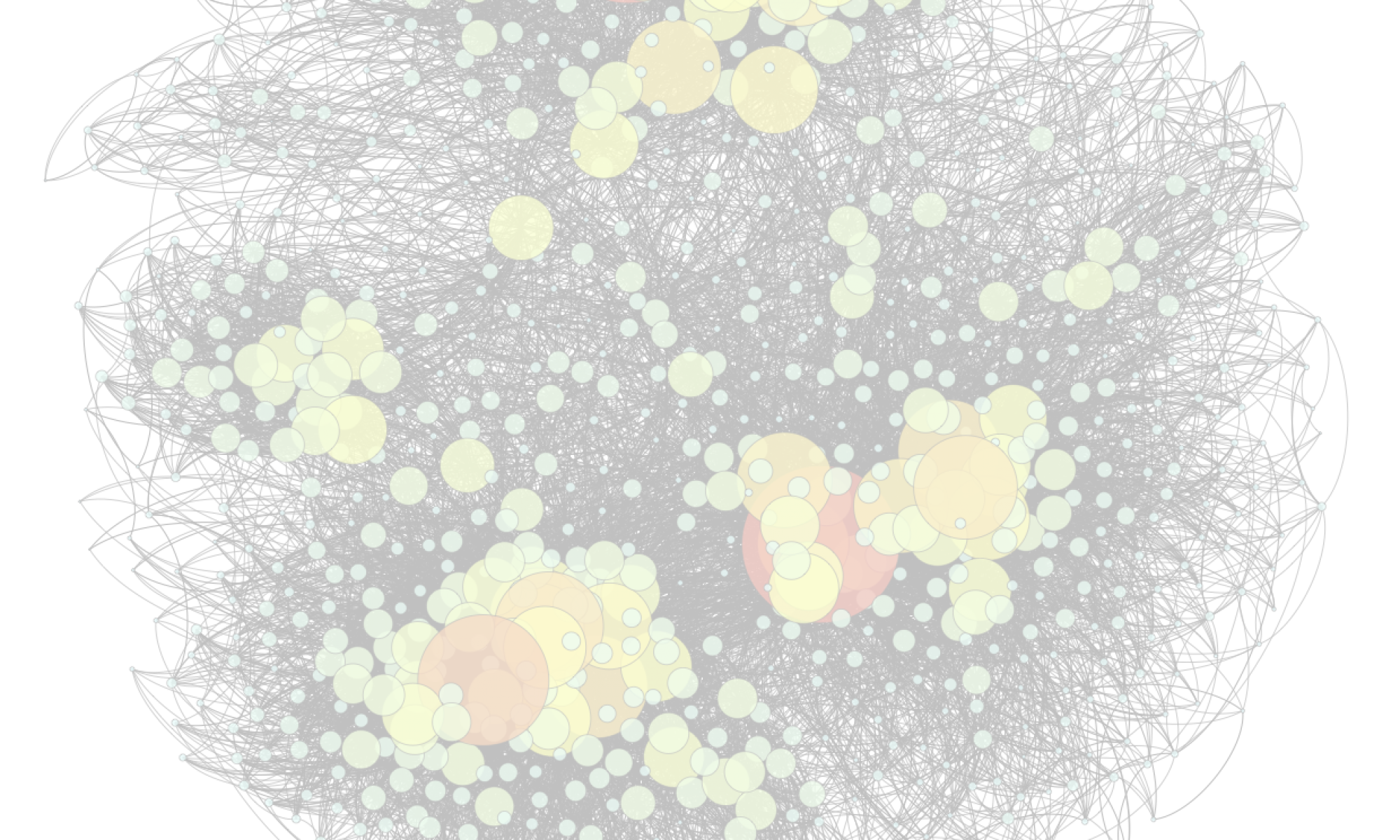Agnieszka Ławrynowicz
Swift Linked Data Miner: Mining OWL 2 EL class expressions directly from online RDF datasets
The talk presents Swift Linked Data Miner, an interruptible algorithm that can directly mine an online Linked Data source (e.g., a SPARQL endpoint) for OWL 2 EL class expressions to extend an ontology with new axioms. The algorithm works by downloading only a small part of the Linked Data source at a time, building a smart index in the memory and swiftly iterating over the index to mine axioms. We propose a transformation function from mined axioms to RDF Data Shapes. We show, by means of a crowdsourcing experiment, that most of the axioms mined by Swift Linked Data Miner are correct and can be added to an ontology. We provide a ready to use Protégé plugin implementing the algorithm, to support ontology engineers in their daily modeling work.
Agnieszka Ławrynowicz is an Associate Professor at the Faculty of Computer Science and Telecommunications, Poznan University of Technology, and head of the Semantics and Knowledge Engineering Group. She is a member of the Scientific Council of the Polish Association for Artificial Intelligence, ECCAI, program and organizing committees of leading international conferences in the field of artificial intelligence and knowledge engineering (e.g. ISWC, K-CAP, EKAW, WWW, ECAI), chair of the Knowledge Engineering track at the conference of the Polish Association for Artificial Intelligence and member of the Editorial Committees of the journals Transactions on Graph Data and Knowledge and Semantic Web. She has led or participated in several research projects funded by the European Commission, Norwegian funds, the National Science Center, National Center for Research and Development, and as a member of the TAILOR European network of research laboratories on the topic of trustworthy artificial intelligence based on the integration of reasoning, learning, and optimization. She was a scholarship holder in the Marie-Curie program of the European Commission for a project on web mining at the University of Ulster, a winner of a grant in a program financed by the Foundation for Polish Science for a project in collaboration with Stanford University, a winner of an award for an outstanding monograph in computer science awarded by the Committee on Informatics of the Polish Academy of Sciences, a “Scientist of the Future” award, a promoter of the most innovative engineering thesis in Poland (competition under the auspices of the IEEE) and other awardees pursuing work in the field of artificial intelligence. She is an expert on ethics at the European Commission.
